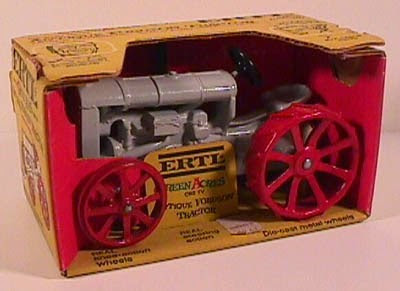Note: This review is
part of the 2015 Summer of MeTV Classic TV Blogathon hosted by the Classic TV
Blog Association. Click here to check out this blogathon's complete schedule.
Writing about the original Star
Trek in 2015 is like writing about
The Beatles or The Wizard of Oz
or sunlight. Everybody knows what it is, thousands of other people have already
written about it, and at this point there doesn’t seem much left to add.
So rather than offer yet
another tribute to the vision of Gene Roddenberry, or more praise for the
show’s forward-thinking philosophy on race and class and technological
achievement, and its optimistic view of mankind’s future, I thought it would be
a more interesting challenge to find something praiseworthy in what is regarded
by fans as the series’ worst episode.
That would be “Spock’s
Brain,” the show that kicked off Star Trek’s third and final season. "Frankly during the entire shooting of
that episode, I was embarrassed," was Leonard Nimoy’s recollection. And if
you’ve heard his singing on “The Ballad of Bilbo Baggins,” you know he doesn’t
embarrass easily. Was it justified? Let’s find out.
Our story begins with the
Enterprise approaching a mysterious alien craft. Before Captain Kirk can
inquire if there might be any attractive young women aboard, one actually beams
over, incapacitates the crew and then walks over to Spock and begins stroking
his forehead.
Sometime later the crew wakes up. Spock has been moved to sickbay
where a solemn Dr. McCoy informs the captain, “His brain is gone.”
“If it was taken out, it
can be put back in.” Kirk responds, showing the quick thinking that made him a
Captain. But McCoy warns that the
procedure must be performed within 24 hours. Because, apparently, a body can’t
survive without a brain for more than a day, unless it belongs to a Kardashian.
Thus begins the quest to
reunite Spock’s brain with the rest of him, which requires the crew to beam
down to a planet populated by cavemen wearing fuzzy blue skirts.
Sound ridiculous?
Absolutely. But the next time this episode airs on MeTV and you’re tempted to
change the channel, here are five reasons why “Spock’s Brain” is worth your
time.
1. Marj Dusay
Before spending two decades
on various daytime dramas, Marj Dusay was a frequent and always welcome guest
star on many 1960s series like Get Smart, Hogan’s Heroes and The
Wild, Wild West. She specialized in
seductive brunettes who try to lead good men astray. Removing someone’s brain
is going to rather extreme lengths, but it does fit the pattern. As Kara, the
woman who makes Spock an involuntary organ donor, Dusay also gets to deliver
the episode’s most memorable and inscrutable line: “Brain and brain – what is
brain!”
2. William Shatner Gives
110%
Every Trekker has his (or
her) William Shatner-as-Kirk impression, complete with convulsive body
movements, random pauses between words and other assorted histrionics. The
thing is, you don’t see that Shatner in “The Space Seed” or “City on the Edge
of Forever,” when the story could stand on its own merits. It was only when the
script was lacking that he would try to forcibly inject some drama into
substandard material. So when Uhura asks Kirk why someone would steal a brain,
Kirk responds, “Yes…why…would…they…want it?” “Spock’s Brain” needs all the help
it can get, and Shatner is happy to oblige.
3. It Makes a Perfect
Drinking Game
As classic TV drinking
games go, it’s hard to top the one for The Bob Newhart Show, in which participants drink every time a character
utters the phrase “Hi Bob!” “Spock’s Brain” offers a variation on that
theme: Count the number of times “Spock’s brain” is said by Kirk,
McCoy and Uhura. If you’re drinking anything alcoholic, you’ll certainly start
enjoying the show at some point.
4. The Sitcom Fadeout
Rarely does a Star Trek moment seem appropriate for a laugh track, but one certainly seems to be missing from the denouement of “Spock’s Brain.” After Dr. McCoy’s brain replacement
surgery is successful, Spock immediately starts spouting dry scientific
observations about the planet’s natives. “I knew it,” McCoy sighs. “I knew I
shouldn’t have reconnected his mouth.”
5. It’s Still Better
than “Threshold”
The reign of “Spock’s
Brain” as the worst moment in Star Trek history ended in 1995. That’s when Voyager released “Threshold,” in which Captain Janeway and
Tom Paris were turned into salamanders and had reptile babies. After that, this episode seems almost quaint in its silliness.
And here is one bonus
reason to stay tuned: even substandard Star Trek is better than any episode of Dating Naked, Honey Boo Boo, The Real Housewives of Lompoc and much of today’s television, for which brains are
also optional.















